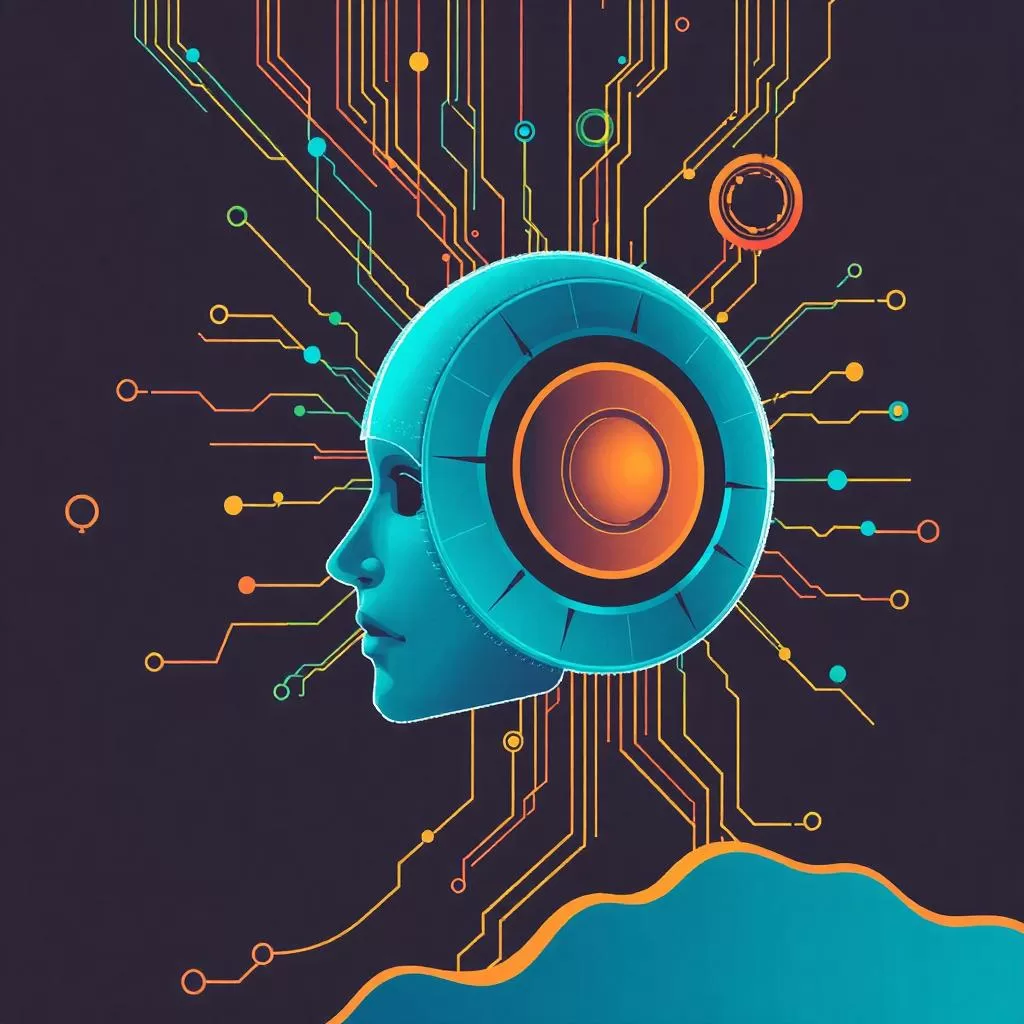Edge AI: The Future of Artificial Intelligence at the Edge
Artificial intelligence (AI) is evolving rapidly, and one of the biggest breakthroughs is Edge AI—the ability to process AI tasks directly on devices like smartphones, cameras, and IoT sensors, without relying on cloud computing.
From self-driving cars to smart home assistants, This technology is making devices smarter, faster, and more efficient. But how does it work, and what are its applications across industries?
What You’ll Learn in This Article:
- What is Edge AI, and how does it work?
- How it is transforming industries like healthcare, security, and IoT
- Challenges and the future of Edge AI
What is Edge AI?
This refers to artificial intelligence algorithms that run locally on a device, instead of being processed in a remote data center (cloud computing).
- On-device AI processing allows AI computations to run directly on smartphones, cameras, or IoT devices. Moreover, this enhances efficiency and reduces reliance on external servers.
- Faster response times are achieved since there is no need to send data to a cloud server. Additionally, this improves real-time decision-making and user experience.
- Reduced bandwidth usage results from lower internet dependency, saving costs. Furthermore, this makes AI applications more accessible and reliable.
💡 Example: Apple’s Face ID and Google’s Tensor Chip use Edge AI to perform facial recognition instantly, without needing an internet connection.
How Edge it is Transforming Industries
🔹 1. Smart Devices & IoT
It powers IoT devices, enabling real-time decision-making without cloud reliance.
- Smart home assistants – AI-powered devices like Alexa and Google Nest process voice commands instantly
- Predictive maintenance – IoT sensors detect and prevent equipment failures
- Smart agriculture – AI-enabled drones analyze crop health on-site
💡 Example: Tesla’s self-driving technology uses it to process sensor data in real time for navigation and obstacle avoidance.
🔹 2. Healthcare & Medical AI
This development is revolutionizing remote patient monitoring and medical diagnostics.
- Wearable health devices – Smartwatches track heart rate, ECG, and oxygen levels in real time
- AI-powered diagnostic tools – Smart cameras detect diseases instantly (e.g., diabetic retinopathy)
- Telemedicine advancements are transforming healthcare. For example, AI chatbots can analyze patient symptoms locally on devices. Moreover, this improves efficiency and ensures faster, more personalized care.
💡 Example: The Apple Watch uses the technology to detect irregular heartbeats and alert users of potential heart issues.
🔗 Related: Questions about Healthtech you may need to ask
🔹 3. Cybersecurity & Surveillance
It enhances security by enabling real-time threat detection without sending sensitive data to the cloud.
- AI-powered security cameras enhance safety by detecting intrusions and recognizing faces instantly. Moreover, they provide real-time threat detection.
- Fraud detection in banking is improving as AI identifies fraudulent transactions locally on mobile devices. Additionally, this enhances security and speeds up response times.
- Zero-trust authentication strengthens cybersecurity by verifying users through biometrics in milliseconds. Furthermore, it ensures a seamless and secure user experience.
💡 Example: Amazon Ring cameras use it for real-time motion detection and facial recognition.
🔹 4. Autonomous Vehicles & Smart Cities
Edge AI is critical for self-driving cars, smart traffic systems, and urban infrastructure.
- Self-driving technology enhances navigation by processing sensor data in real time. Moreover, it helps vehicles adapt to traffic conditions efficiently.
- Smart traffic lights improve flow by adjusting timing based on live traffic patterns. Additionally, they reduce congestion and enhance road safety.
- AI-powered parking systems detect available spots instantly. Furthermore, they optimize parking management and save drivers time.
💡 Example: Waymo’s autonomous taxis use this technology to process vast amounts of sensor data without cloud delays.
Advantages of Edge AI
- Real-time processing enables AI to make instant decisions without waiting for cloud servers. Moreover, this improves speed and responsiveness.
- Enhanced privacy is achieved as data stays on the device, reducing security risks. Additionally, this minimizes exposure to cyber threats.
- Lower bandwidth costs result from reduced reliance on internet connectivity. Furthermore, this makes AI applications more efficient and cost-effective.
Challenges & Limitations of Edge AI
- Hardware limitations arise because edge devices have less processing power than cloud data centers. Moreover, this can impact performance for complex AI tasks.
- Energy consumption is a challenge, as AI models require efficient power management on small devices. Additionally, optimizing energy use is crucial for battery-powered systems.
- Security risks remain a concern since edge devices can be vulnerable to cyberattacks. Therefore, strong encryption and security measures are essential.
💡 Example: Google’s Pixel phones use AI hardware accelerators to balance power efficiency and performance.
The Future of Edge AI
- Smarter mobile AI chips will enable devices to have built-in AI processors, like Apple’s Neural Engine. Moreover, this will enhance on-device intelligence and efficiency.
- AI-powered robotics will advance as Edge AI drives next-generation robots and automation. Additionally, this will improve precision and real-time decision-making.
- 5G and Edge AI integration will enable faster network speeds, enhancing on-device AI processing. Furthermore, this will reduce latency and improve overall performance.
💡 Example: Experts predict that by 2030, over 75% of AI workloads will be processed at the edge instead of the cloud.
Conclusion: Edge AI is the Future of Smarter, Faster AI
This technology is revolutionizing smart devices, cybersecurity, healthcare, and autonomous systems by enabling AI to run locally on devices. Moreover, as AI hardware advances, Edge AI will increasingly become the default standard for AI-powered applications.
Key Takeaways:
- It enables real-time AI processing without cloud dependency
- It is transforming industries like IoT, healthcare, and security
- Future advancements will make AI devices faster, smarter, and more secure
💬 How do you see Edge AI shaping the future? Share your thoughts in the comments!
Share this content:







Post Comment